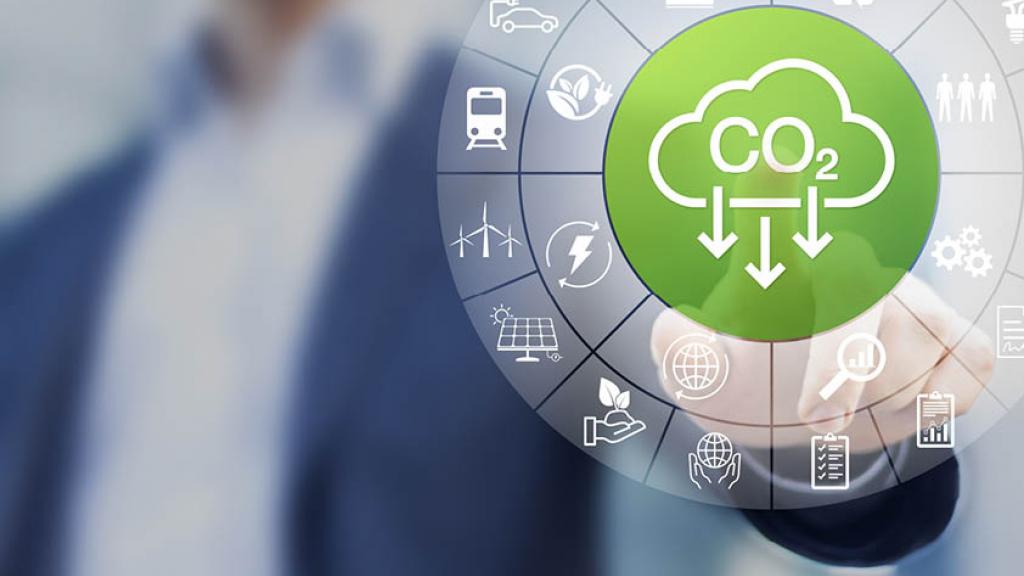
The economic world, and more specifically the European Union and the car industry, are increasing their attention on environmental issues and addressing steep reductions of CO2 emissions through the Green House Gas protocol. As reminder, the protocol identifies a company’s CO2 emissions in 3 categories, or ‘’scopes’’: Scope 1: direct emissions, Scope 2: indirect emissions due to purchased energy, Scope 3: indirect emissions within the upstream and downstream value chains.
A few years ago, the AGC group set the challenging target of reducing its overall emissions by 30% by 2030 (all 3 scopes) and to be fully carbon-neutral by 2050. In light of recent achievements and willing to contribute further to the challenges created by the degradation of the climate situation, as well as motivated by our key OEM & ARG customers, AGC Automotive Europe recently decided to raise the aforementioned targets and to aim at reducing scope 1, 2 & 3 CO2 emissions by 40% in 2030 versus the 2019 baseline. These higher challenges will push the whole organization toward more energy reductions and an increased waste-avoidance mindset, not only internally but also toward our key suppliers. We are confident that you share these values that contribute to AGC’s Planet objectives and that you will do your utmost to participate to them.
Additionally, AGC Automotive Europe is committing to contribute to a circular economy that will allow our glazing to find a ‘’second life’’ after their end-consumer usage: across Europe, more than 6 million vehicles reach their end of life each year, which represents a potential of around 250 tons of recyclable cullet. The European Union is preparing new directives to address the recycling of such End-of-Life Vehicles (ELV) parts. AGC Glass Europe aims to include ‘’Post-consumer recycled glass’’ into our Float by 2030. To reach this objective, we have initiated contacts and partnerships with dismantlers and recyclers with the view to establish new supply chains for this available used glazing: many challenges will certainly arise (glass collection and sorting, costs, quality, …) but this process is expected to avoid a substantial amount of CO2 emissions that would be caused by the traditional decarbonization of the required raw materials.

